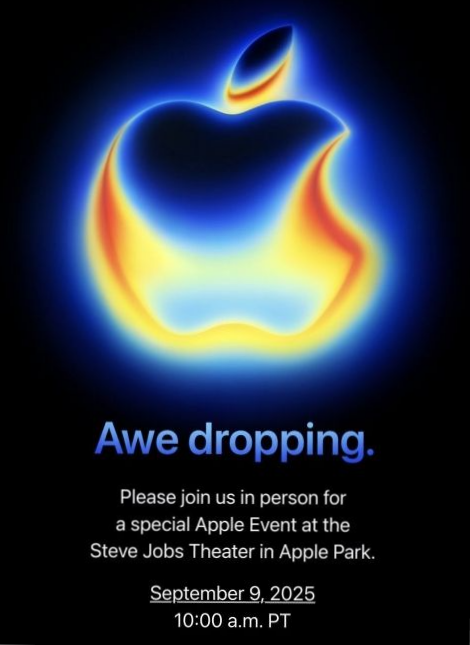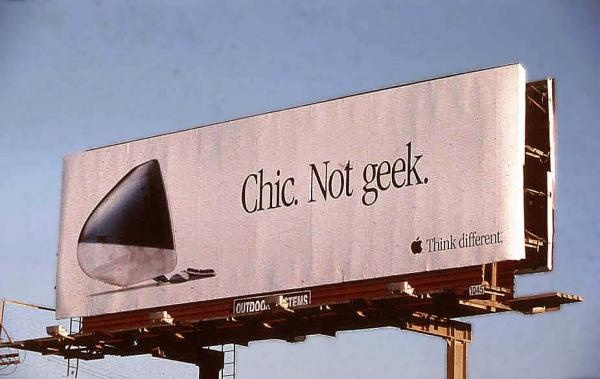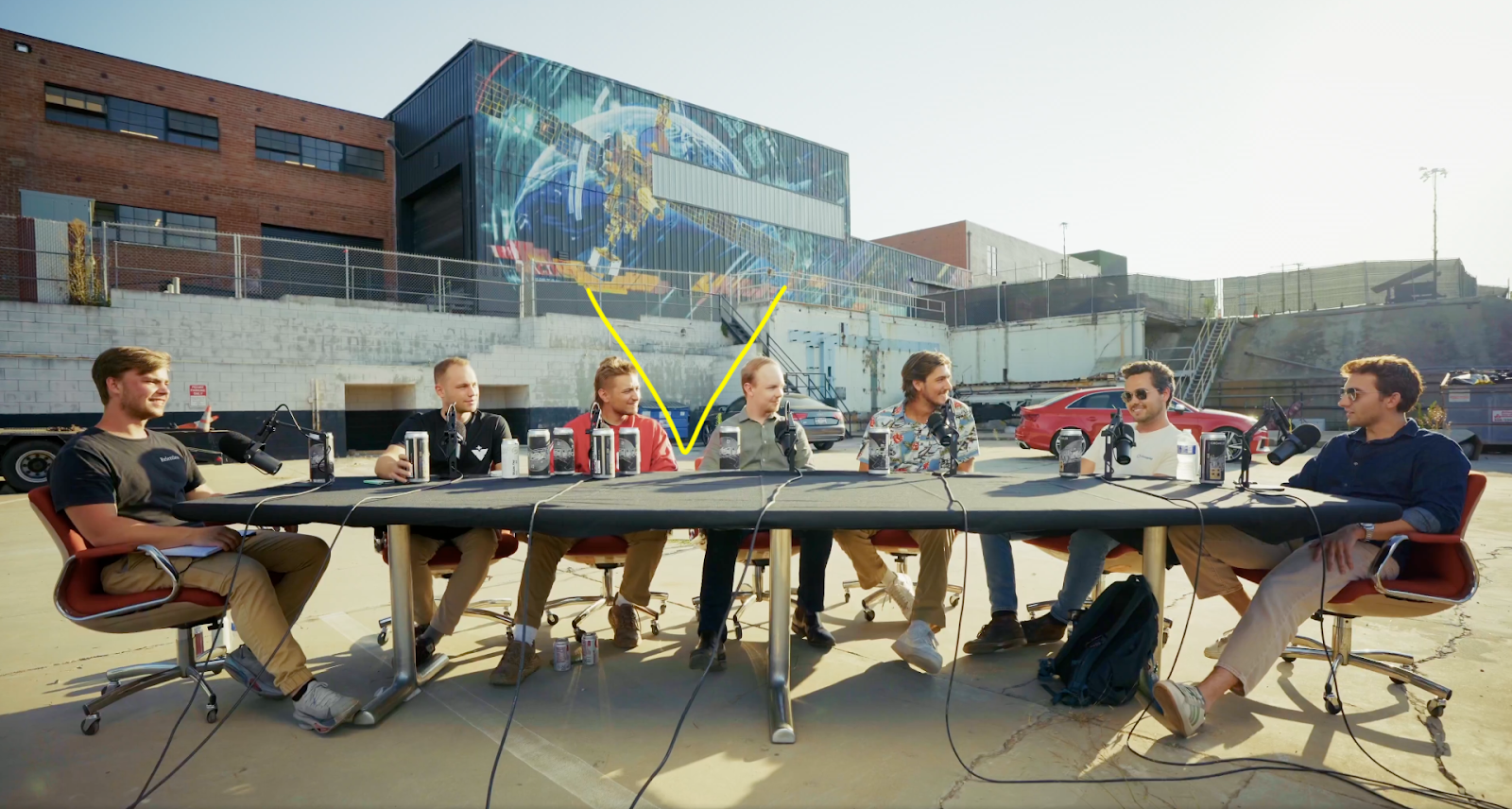
ChatGPT-Induced Psychosis Isn't RealJul 29
if you’re using chatgpt to brainstorm sacrifices to bloodthirsty deities and it says some weird shit, that’s on you
Sep 10, 2025

Yesterday, Apple had its biggest product launch of the year.
In the event, which Apple unironically promoted as “Awe Dropping,” the company announced big design upgrades for the iPhone, new smartwatches and AirPods, and, finally, the star of the show: a new iPhone 17 Air with an ultra-thin body.
On the one hand, you kind of have to hand it to Apple. These iPhones are so darn good that all that’s left, improvement-wise, is making them 33% thinner. A precursor to foldable iPhones, they say. I get it. The arc of innovation is long, but it bends toward (back to?) foldable phones. Or whatever.
On the other hand, let’s talk about the word “awe.” That indescribable feeling of brushing up against the divine, such that it almost hurts, because you don’t want it to end. Do I even need to say it? A precursor to foldable iPhones might be an impressive feat of engineering, but it doesn’t invoke literal awe. It just doesn’t. Come to think of it, neither does anything Apple has shipped in a good long while.
If Apple really wants to drop some awe, it should make lamps.
Apple should make lamps.
Honestly, you either get it or you don’t get it.
What do I mean?????? Ugh.
Okay, fine.
Here’s 2,800 words explaining why Apple should make lamps.

Apple is widely considered to be losing the AI race. Badly.
Siri is still a joke. Apple is bleeding AI talent, mainly to Meta. And culturally (spiritually, even), Apple is struggling. The company, as Bloomberg’s Mark Gurman reported in a very detailed feature that you should go read, isn’t really built for the frenetic chaos that is the AI market right now. It’s averse to big, risky bets and acquisitions. Its commitment to data privacy has hindered the training of its models (that’s cool for us; bad for Apple lol). And, strangely, key executives like Craig Federighi, Apple’s head of software, and John Giannandrea, the head of AI research who formerly oversaw Siri, just… didn’t think customers wanted products like ChatGPT. So it follows that its blockbuster success, at 700 million weekly users, not only blindsided Apple — it forced these execs to sprint on projects they seemingly never believed in.
Apple loves to come from behind. It didn’t launch the first MP3 players, smartphones, tablets, watches, and earbuds — it launched the best ones, as Gurman wrote: “The company is often content to wait for competitors to pioneer new tech, with all the risks that entails, before releasing its own well-designed, highly accessible version to its billion-plus customers.” But with AI, this approach is suddenly very risky. While Apple flails, AI could make the iPhone “irrelevant within a decade,” Eddy Cue, a senior Apple VP, recently said in a federal court appearance, per Gurman; since the dawn of AI search options like ChatGPT, the number of Google search queries from Apple devices has dropped for the first time.
…you know what won’t be irrelevant within a decade?
Lamps. Washing machines. Printers. None of which have seen any substantial innovation. All necessary, mostly every day — all getting more expensive, and worse. Have you ever tried to print anything? Have you tried to use a new washing machine to wash clothes? Have you ever tried to buy something nice? It leads to 30 open tabs and decisive defeat.
There are entire, thriving businesses built on the backs of these decisive defeats. One called MAC.BID, an online auction-er with more than 20 US locations, buys oversized pallets of the garbage that people return to Amazon, Walmart, and Wayfair, and then sells all of it starting at $1 to people looking for steep deals. Part of the idea is giving another life to the 5 billion pounds of return-generated waste each year, but since I’ve been a customer of MAC.BID, I’ve seen the truth with my own eyes: crap. Crap for miles, crap enough to fill a football stadium, evidence of the sins of consumerism — dishwashers, suitcases, tiny plastic trucks that kids can drive, 55-inch flat-screen TVs, patio furniture, box fans, God-awful grills — that you can bet your 90% discount is heading straight to the landfill. If not now, very very soon. Because why? Because it’s all made in China, dammit! It’s enough to drive good people to seek revenge against inanimate objects. In fact, my family made a Christmas tradition out of it. Each year, after gifts, we’d gather around the porch while my dad shot, with a shotgun, that year’s collection of broken Chinese appliances. Call it catharsis — and one small comfort, when crap crapped out, that you could shoot it later.
That right there… is the best we can do for our homes in the age of so-called superintelligence? It’s honestly funny that the furthest we’ve come with home tech is the Roomba and the much less useful Alexa. I judge every human being who talks to an Alexa every day. I’m sorry, perhaps it’s some unexamined rot in my psyche, but I think that you are dumb. The home doesn't need new gadgets as much as it needs to be reimagined — made simpler, more beautiful. This could be something, I tell you! Great, amazing, heavy-ass appliances, sage-colored with brass details, with a services component. One hundred dollars per month, or whatever, for infinite repairs, forever. Apple, under pressure from the administration to move one iota of its Chinese and Indian supply chain to the US, could keep trying to get Trump off its back with half measures (it’s agreed to make iPhone glass in Kentucky), or: it could hire and train repair teams for Apple Home products, in conjunction with trade schools and community colleges, whilst increasing, somehow, the lifetime value of we plentiful Apple customers.
In other words, it could make lamps.
Let’s talk about beauty.
There’s a reason I’m into lamps, okay?
I like small, stained-glass Tiffany lamps. I like big curvy floor lamps. I like how, when you walk into a restaurant that has the lighting figured out, a part of your insides relaxes. You think it’s the not-too-loud music. But I know it’s the lamps. It’s the beauty that we can make.
Apple used to make beauty as a matter of strategy. It still does, I suppose. But that intensity used to be radical. Category-making. Category-defining.
Take it from Steve Jobs. In 1997, he returned to Apple, after being ousted a decade prior, with harsh words. His mission: save the company from the brink of bankruptcy.
“What’s wrong with this place?” Steve said from the stage of Apple’s auditorium, according to the biographer Walter Isaacson. “The products suck! There’s no sex in them anymore!”
Jony Ive, the famous designer, was sitting in the back of the room, per the journalist Tripp Mickle in the book After Steve: How Apple Became a Trillion-Dollar Company and Lost Its Soul.
Soon, Jony got his first assignment from this irritated CEO: make a computer that was “joyful.”
Jony did just that, designing the first colorful Mac in 1998. Its blue-green shade was literally “inspired by the waters of Bondi Beach in Sydney, Australia, where one of the designers surfed,” Mickle wrote. These now-iconic colorful computers with translucent shells — Bondi Blue, then the “Five Flavors” (grape, tangerine, lime, strawberry, and blueberry) — marked, as Wired put it at the time, “the beginning of a long-overdue renaissance in computer design.” Pithy marketing slogans like “Sorry, no beige” and “Chic, not geek” in billboards and magazine spreads helped the iMac become the first mainstream symbol of tech coolness. Sales went berserk, the company was basically rescued, and Steve 2.0 had his first big victory.

Steve came to call Jony his “spiritual partner,” per Mickle.
As in, they believed they were pursuing some essential somethingness — together.
When his friend died in 2011, Jony, lost in grief, suffered the additional loss of watching Tim Cook bring Apple into its operational efficiency era. (Barf.) Tim was tapped for the gig because he’s a “logistics bean counter” who is “exceptionally good at what he does, which is to negotiate with Chinese subcontractors and ensure that there's X amount of parts available at this moment in time,” as the entrepreneur DHH put it to me in an interview.
The problem was: he sucked all the crazy out of the place. The Chief Executive Bean Counter shifted the company’s focus from making devices to developing services (iCloud storage, Apple Music, etc.), which had better profit margins. He replaced top creatives with Suits. And he seemed to give approximately zero fucks about that essential somethingness (beauty?) that had once united Jony and Steve.
Whereas Steve visited Jony’s design studio almost every day, and nearly canceled the introduction of the Bondi Blue when he discovered that it featured a (less beautiful) CD tray instead of a (more beautiful) empty slot — the Bean Counter in Chief’s visits to the design team were rare and spiritually dead. Once, in the middle of obsessing over the first Apple Watch down to the suppleness of the leather straps, Jony designed a camera for a charity auction, and the Big Bean Man stopped by for a rare chat: “Mr. Ive glowed as he detailed the designers’ work on the camera for Mr. Cook, who nodded expressionlessly,” Mickle wrote. Like, ouch?
And we wonder how Apple came to lose its edge?
Do you feel sad right now? You should feel sad. DHH feels sad.
“Apple has been this shining example of what this industry could be when someone cared obsessively about making really great stuff,” he told me in April. “They set the bar for everyone that I've known in terms of technology, in terms of design, in terms of almost everything — every parameter you could define a technology product on, Apple was leading. And now they've fallen so goddamn hard. It's like seeing, I don't know, Michael Jordan go back and try to play basketball in his fucking sixties. You're just like, dude, please don't do it. I have this image of you in my head where you're amazing and you won five championships in a row. Why would you embarrass yourself like this? And that's what it feels like with Apple.”
“The industry needs Apple,” DHH said. “Right now, the industry doesn't have Apple. And that's sad.”
In El Segundo, the lads are onto something. It might be the best spiritual partnership in tech.
In Gundo, there’s no peerlessness. These hard-tech founders — working on water, energy, defense, mining, and the making of unsexy metal parts — have an ideology. They have a group chat. They think the US is facing an existential threat for which it’s “very not ready,” as Cameron Schiller, Rangeview’s cofounder and CEO, put it on the podcast Relentless last week; and they think part of the solution is going backwards, which is to say: forwards. Recapturing the distinctly American spirit that “lifted humanity to a place that it has never been before” in the 60s, 70s, and 80s, Cam said. Entrepreneurs should make fatty bags, in other words, not by selling derivatives of derivatives or whatever (crypto founders should be publicly shamed, per Rainmaker’s Augustus Doricko) — but by solving important problems in the tangible world.

“For a generation, it was seen as dishonorable to go and work in the real world,” Zane Mountcastle, CEO and cofounder of Picogrid, said on the podcast.
We decided, in other words, that other countries should build things for us, while we did the services: moving other people’s money around and programming the software, he continued. But that is all shifting, in part because El Segundo companies are tapping into a broader desire among younger generations to do something more meaningful with their lives:
“Do they want to go work as a software engineer at some Big Tech company where their greatest potential impact is adding 1% to the bottom line of a Fortune 500? That is the upper bound of where they can go. Is that a truly inspirational story? Or is the story — they can build the next generation of rockets or energy or water or parts?”
Isn’t it kind of funny that Apple could’ve been Gundo, but instead, Gundo is Gundo, and Apple is crypto bros and Chinese subcontractors and “services”?
Apple should be shamed.
…into making lamps.
What would it be like to “have Apple,” as sad DHH put it, in the era of AI?
Turn on your best lamp and stick with me for a second.
Today, Jony has teamed up with Sam Altman to make… something for OpenAI. We don’t know exactly what it is. We know it’s a device meant to reimagine how people interact with technology instead of reinforcing the screen addictions that drive all manner of loneliness and vitriol.
So… like a lamp?
LISTEN.
What’s in a lamp, anyway?